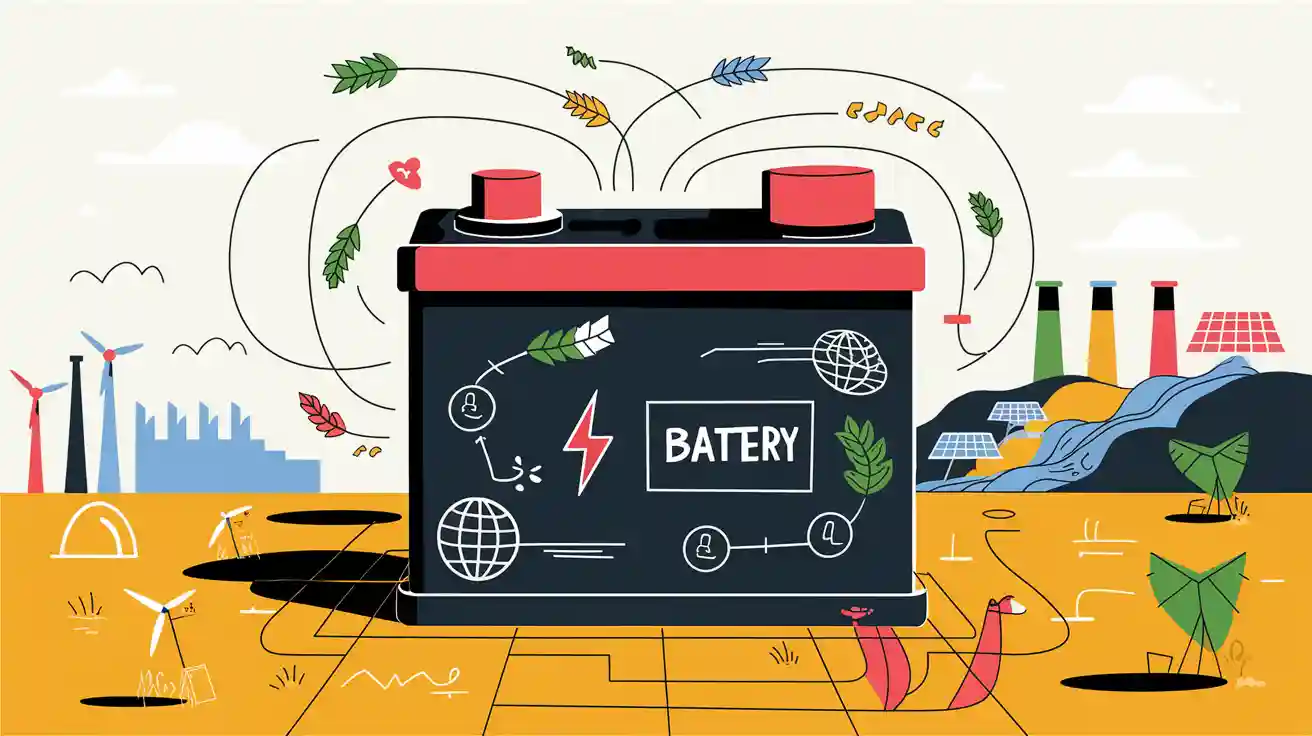Contents
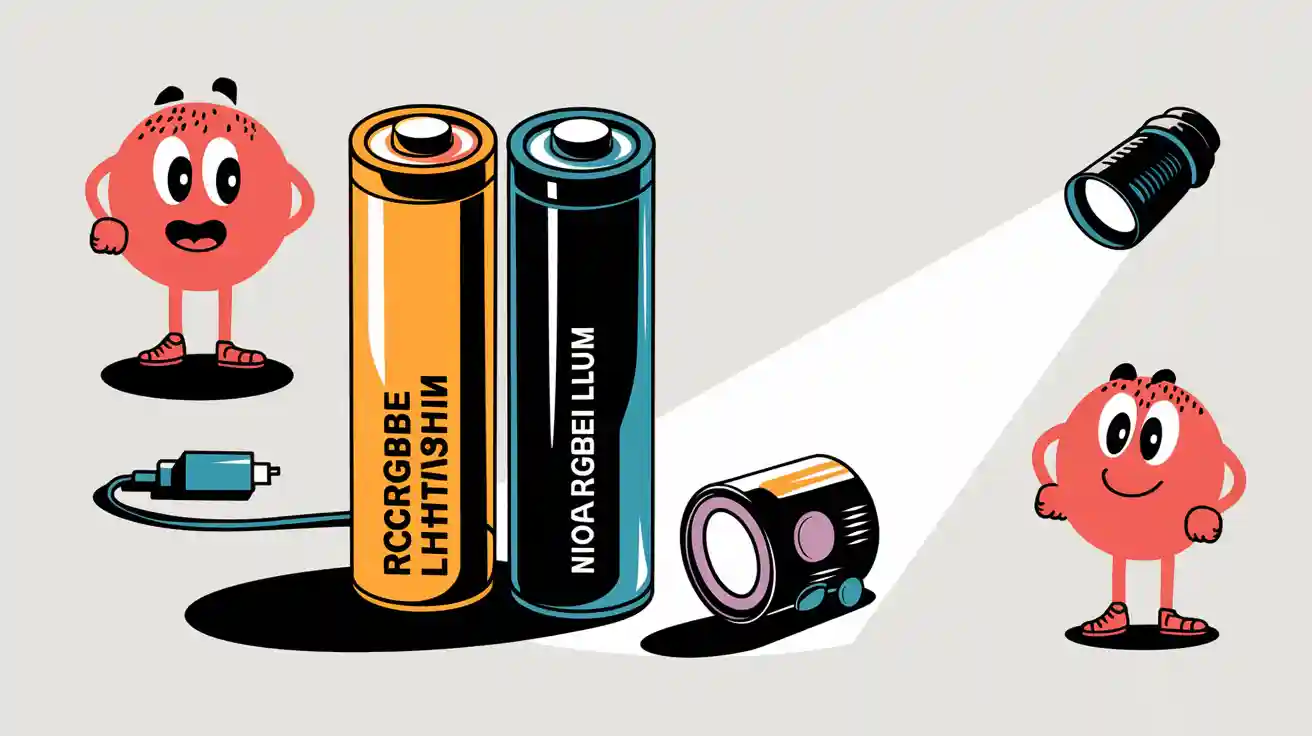
Choosing the right batteries for torch use is critical for professionals. Lithium rechargeable batteries offer long-term cost savings and sustainability. For instance:
Rechargeable batteries cost $3 each but can be reused 1,800 times.
Non-rechargeable lithium batteries last 7 times longer than alkaline but cost twice as much.
These differences impact operational efficiency and environmental responsibility.
Opt for lithium-ion solutions for sustainable energy needs: Learn more at Large Power.
Key Takeaways
Rechargeable lithium batteries cost less in the long run. You can reuse them up to 1,800 times, so you buy fewer replacements.
Non-rechargeable batteries work well right away. They last a long time unused, which is great for emergencies.
Picking the right battery improves how it works. Think about your needs like price, usage time, and purpose for the best choice.
Part 1: Overview of Lithium Rechargeable Batteries
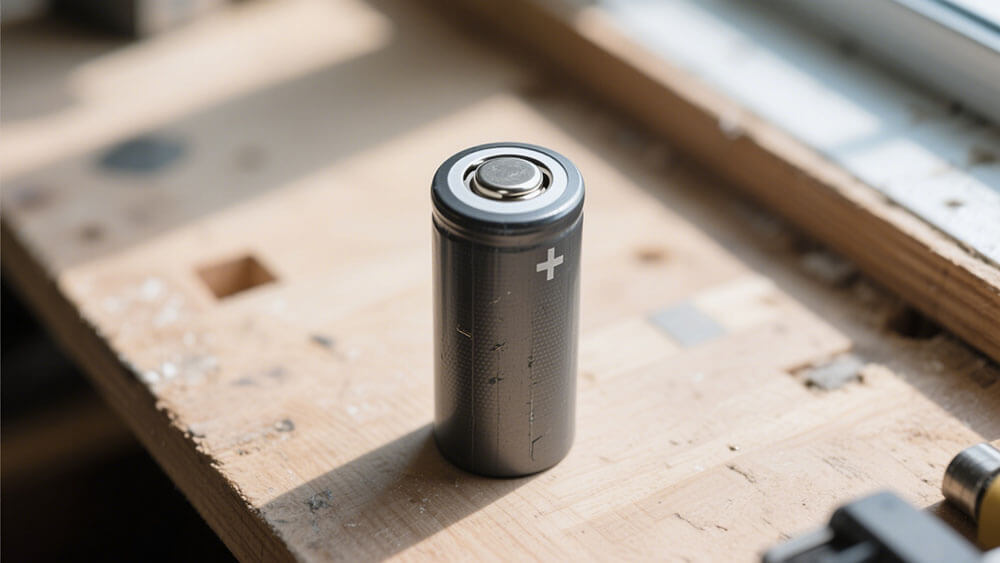
1.1 What Are Lithium Rechargeable Batteries?
Lithium rechargeable batteries are advanced energy storage solutions designed for repeated use. These batteries utilize lithium-ion technology, offering high energy density and efficient power delivery. Commonly used in rechargeable flashlight applications, they provide consistent performance across various professional settings.
The table below highlights key characteristics of lithium rechargeable batteries:
Characteristic | Description |
|---|---|
Battery Voltage | Most lithium-ion batteries operate between 3.0 and 3.7V. |
Discharge Rate | Standard 18650 batteries feature a discharge rate of around 5A, ideal for high-drain devices. |
IMR Batteries | Use manganese cathodes, making them suitable for high-drain applications like flashlights. |
LiFePO4 Batteries | Known for safety, long lifespan, and high power output, perfect for professional-grade flashlights. |
USB Rechargeable | Modern designs include micro-USB ports for convenient charging from multiple power sources. |
1.2 Key Features and Benefits of Rechargeable Batteries
Lithium rechargeable batteries offer several advantages over traditional alternatives:
High Energy Density: These batteries store more energy in a compact size, ensuring longer runtime for rechargeable flashlights.
Extended Lifespan: LiFePO4 batteries, for instance, support 2,000 to 5,000 charge cycles, reducing replacement frequency.
Low Maintenance: Unlike nickel-based batteries, lithium rechargeable batteries require minimal upkeep.
Temperature Resilience: They perform reliably across diverse climates, making them suitable for industrial and outdoor applications.
Environmental Benefits: Their reusability minimizes waste, aligning with sustainability goals. Learn more about sustainability initiatives at Large Power.
1.3 Applications in Rechargeable Flashlights and Professional Use Cases
Lithium rechargeable batteries power a wide range of professional tools, including rechargeable flashlights. Their high energy output and reliability make them indispensable in industries such as:
Medical: Ensuring uninterrupted operation of portable diagnostic devices.
Robotics: Supporting high-drain robotic systems with consistent power.
Security Systems: Delivering dependable energy for surveillance equipment.
Infrastructure: Powering critical tools in transportation and construction.
Consumer Electronics: Enhancing the performance of portable devices.
For custom battery solutions tailored to your professional needs, consult with Large Power.
Part 2: Overview of Non-Rechargeable Batteries

2.1 What Are Non-Rechargeable Batteries for Torch Use?
Non-rechargeable batteries are single-use energy sources designed for devices like flashlights. These batteries cannot be recharged once depleted, making them ideal for applications where recharging is impractical. They are widely used in non-rechargeable flashlights due to their reliability and long shelf life.
Two common types of non-rechargeable batteries for torch use include alkaline and lithium-based options. Alkaline batteries are cost-effective and readily available, while lithium batteries offer higher energy density and longer runtime. The table below outlines their technical specifications:
Battery Type | Chemistry | Voltage | Capacity (mAh) | Rechargeable |
|---|---|---|---|---|
Alkaline | Alkaline | 1.5V | 1500 – 3000 | No |
CR123A | Lithium | 3V | 1300 – 1700 | No |
These batteries are particularly useful in environments where access to charging infrastructure is limited or unavailable.
2.2 Key Features and Benefits of Non-Rechargeable Batteries
Non-rechargeable batteries offer several advantages that make them suitable for specific professional applications.
High Energy Output: Lithium-based non-rechargeable batteries deliver consistent power, ensuring optimal performance for non-rechargeable flashlights.
Extended Shelf Life: These batteries can retain their charge for years, making them ideal for emergency kits and backup lighting.
Wide Availability: Alkaline batteries are easily accessible in most markets, ensuring convenience for users.
Temperature Tolerance: Lithium non-rechargeable batteries perform well in extreme temperatures, making them suitable for outdoor and industrial use.
Non-rechargeable flashlights powered by these batteries are often preferred for emergency preparedness and situations requiring immediate, reliable energy. For businesses seeking tailored battery solutions, Large Power offers expert consultation services to meet your specific needs. Explore custom solutions here.
Part 3: Comparative Analysis of Batteries for Torch Use
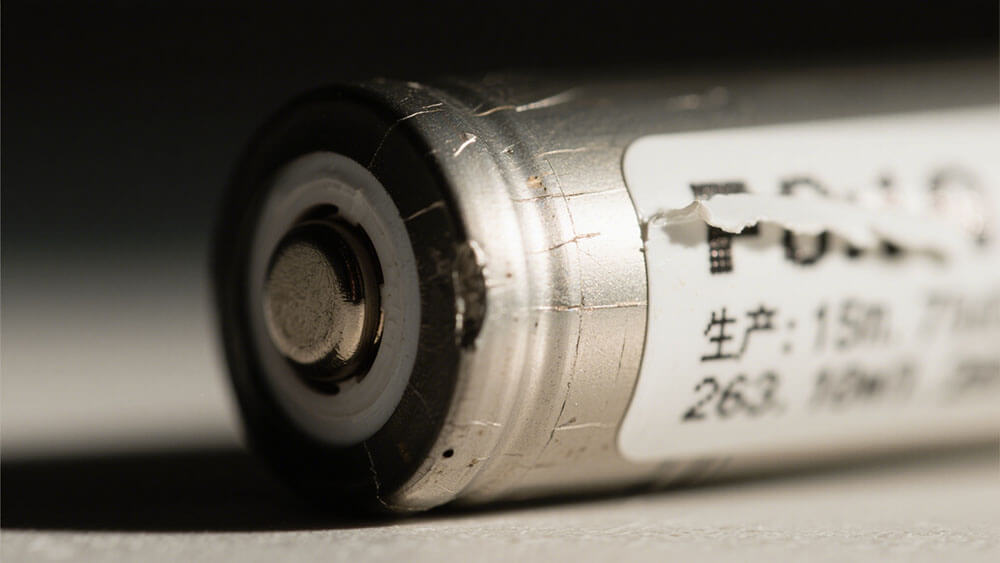
3.1 Cost Comparison: Upfront vs Long-Term Expenses
When evaluating batteries for torch use, cost is one of the key factors to consider. While non-rechargeable batteries may seem more affordable initially, rechargeable options offer significant long-term savings.
Aspect | Rechargeable Batteries | Non-Rechargeable Batteries |
|---|---|---|
Upfront Cost | Higher initial investment | Lower initial cost |
Long-term Savings | Significant savings due to fewer replacements | Ongoing costs for frequent replacements |
Environmental Impact | Reduces battery waste | Contributes to more waste |
Rechargeable flashlights, powered by lithium-ion batteries, eliminate the need for constant replacements. This makes them a cost-effective choice for businesses requiring reliable performance over extended periods. On the other hand, single-use batteries incur recurring expenses, especially in high-drain applications.
For energy-intensive tasks, traditional lithium-ion cells provide better value despite their higher upfront cost. Their durability and long battery life reduce operational expenses, making them ideal for professional-grade flashlights.
3.2 Performance Metrics: Power Output, Longevity, and Voltage
Performance is a critical consideration when selecting batteries for torch use. Lithium rechargeable batteries excel in delivering consistent power output and maintaining functionality over multiple cycles.
Battery Size | Initial Energy Capacity (hours) | Cumulative Hours after 5 Cycles |
|---|---|---|
AAA | 4.0 (51.9% of non-rechargeable) | Between 2-3 non-rechargeable |
AA | 4.0 (76.0% of non-rechargeable) | Between 2-3 non-rechargeable |
C | 14.4 (81.4% of non-rechargeable) | Between 2-4 non-rechargeable |
D | 14.7 (89.6% of non-rechargeable) | Between 2-4 non-rechargeable |
Rechargeable lithium-ion batteries, such as LiFePO4 Lithium batteries, offer a platform voltage of 3.2V and a cycle life of 2,000–5,000 cycles. This ensures long-term reliability and consistent performance. In contrast, non-rechargeable batteries provide higher initial energy capacity but lack the longevity required for professional applications.
3.3 Environmental Impact: Sustainability and Disposal Practices
The environmental impact of battery usage is a growing concern for businesses prioritizing eco-friendliness and environmental protection. Rechargeable batteries significantly reduce waste by supporting multiple charge cycles, aligning with sustainability goals.
Eco-friendliness: Rechargeable batteries minimize the need for disposal, contributing to environmental protection.
Waste Reduction: Non-rechargeable batteries, while convenient, generate more waste due to their single-use nature.
Sustainability Practices: Lithium rechargeable batteries support green initiatives by reducing the carbon footprint associated with frequent replacements.
For businesses aiming to enhance their sustainability efforts, rechargeable solutions offer a clear advantage.
3.4 Convenience Factors: Availability, Maintenance, and Recharging Needs
The convenience of rechargeable flashlights lies in their ability to be recharged multiple times, reducing the need for frequent replacements. Lithium rechargeable batteries can last up to 5 years and support 500–1,000 charge cycles, depending on usage.
Availability: Non-rechargeable batteries, such as alkaline and CR123A, are widely available and suitable for immediate use.
Maintenance: Rechargeable batteries require minimal upkeep, making them ideal for professional environments.
Charging Needs: Modern rechargeable batteries feature USB charging options, enhancing their overall functionality and ease of use.
For businesses requiring dependable energy solutions, the convenience of rechargeable flashlights ensures uninterrupted operations. Explore custom battery solutions tailored to your needs here.
Part 4: Suitability for Different Use Cases
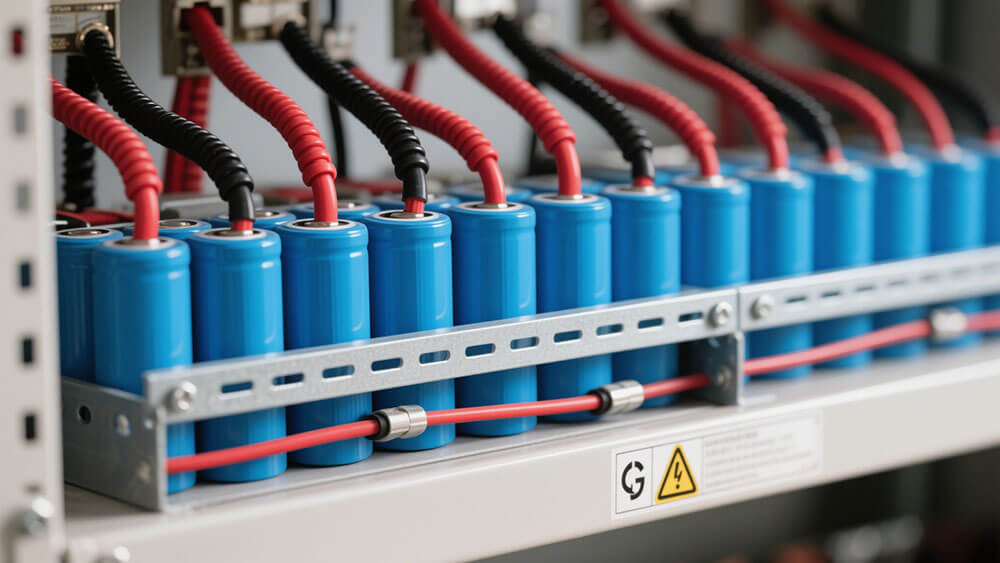
4.1 Industrial Applications: Long-Term Use and High Performance
In industrial environments, reliability and performance are non-negotiable. Flashlights used in these settings often face extreme conditions, including high temperatures, heavy vibrations, and prolonged usage. Lithium rechargeable batteries, such as LiFePO4 Lithium batteries, excel in these demanding scenarios due to their durability and efficiency.
Key Advantages for Industrial Use:
Lower sensitivity to extreme temperatures ensures consistent performance.
Stable voltage output during discharge supports high-power tools and devices.
Lightweight design and high energy density reduce the burden on portable equipment.
For instance, rechargeable flashlights powered by lithium-ion batteries provide a dependable energy source for tasks like equipment inspections, maintenance, and emergency repairs. Their extended lifespan and lower running costs make them a cost-effective choice for industrial operations.
Tip: Pairing lithium rechargeable batteries with a robust Battery Management System (BMS) enhances safety and performance in industrial applications.
4.2 Emergency Preparedness: Reliability and Shelf Life
Emergency situations demand flashlights that are ready to perform at a moment’s notice. Non-rechargeable batteries, particularly lithium-based options, are often preferred for their long shelf life and immediate usability. However, rechargeable flashlights offer a sustainable alternative for businesses that prioritize preparedness.
Why Choose Lithium Batteries for Emergencies?
Lithium non-rechargeable batteries retain their charge for up to 10 years, making them ideal for emergency kits.
Rechargeable flashlights can be kept fully charged and ready for use, reducing the need for frequent battery replacements.
Both options perform well in extreme temperatures, ensuring reliability in diverse conditions.
For businesses managing large-scale emergency preparedness programs, rechargeable solutions provide an environmentally friendly option while maintaining reliability.
4.3 Outdoor Activities: Durability and Portability
Outdoor activities, such as camping, hiking, and search-and-rescue missions, require flashlights that are both durable and portable. Lithium rechargeable batteries stand out in these scenarios due to their lightweight design and high energy output.
Durability: Rechargeable flashlights equipped with LiFePO4 Lithium batteries withstand shocks and vibrations, making them suitable for rugged terrains.
Portability: The compact size of lithium batteries reduces the overall weight of your flashlight, enhancing portability.
Extended Runtime: High energy density ensures longer usage times, minimizing the need for frequent recharging.
For outdoor professionals, rechargeable flashlights offer a reliable and sustainable solution. Disposable batteries, while convenient, add weight and generate waste, making them less suitable for extended outdoor use.
4.4 High-Performance Flashlights: Power Demands and Efficiency
High-performance flashlights, such as those used in tactical or professional settings, demand batteries that can deliver consistent power. Lithium rechargeable batteries meet these requirements with ease, offering superior energy density and efficiency.
Battery Type | Description | Use Case |
|---|---|---|
14500 | Compact lithium-ion, similar to AA, offers power boost | Compact or EDC flashlights |
18650 | Common high-performance battery, versatile | Wide range of flashlight applications |
CR123a | Popular lithium battery, good size-power balance | Tactical and emergency flashlights |
NiMH | Rechargeable, available in AA and AAA sizes | Users wanting rechargeable options |
Rechargeable flashlights powered by 18650 lithium-ion batteries are particularly popular for their versatility and high energy output. These batteries ensure that your flashlight performs optimally, even in high-drain applications.
For businesses requiring tailored solutions for high-performance flashlights, Large Power offers custom battery designs to meet specific power demands. Consult with Large Power’s experts.
Choosing between lithium rechargeable and non-rechargeable batteries depends on your operational priorities. Rechargeable options excel in long-term cost savings, sustainability, and high performance, while non-rechargeable batteries offer immediate reliability and extended shelf life.
Key Insights from Industry Experts and Users:
Surveys reveal that aligning battery choices with professional needs enhances efficiency and sustainability.
Experts highlight the importance of adopting advanced lithium technologies to overcome current limitations.
Aligning your battery selection with specific use cases ensures optimal performance and cost-efficiency. For tailored energy solutions, consult with Large Power’s experts here.
FAQ
1. What is the lifespan of lithium rechargeable batteries in flashlights?
Lithium rechargeable batteries, such as LiFePO4 Lithium batteries, last 2,000–5,000 cycles, ensuring years of reliable performance.
2. Are lithium rechargeable batteries suitable for industrial flashlights?
Yes, lithium rechargeable batteries provide stable voltage, high energy density, and durability, making them ideal for industrial applications.
3. How can I choose the right battery for my flashlight?
Consider factors like runtime, cost, and application. For tailored recommendations, consult Large Power’s experts.


